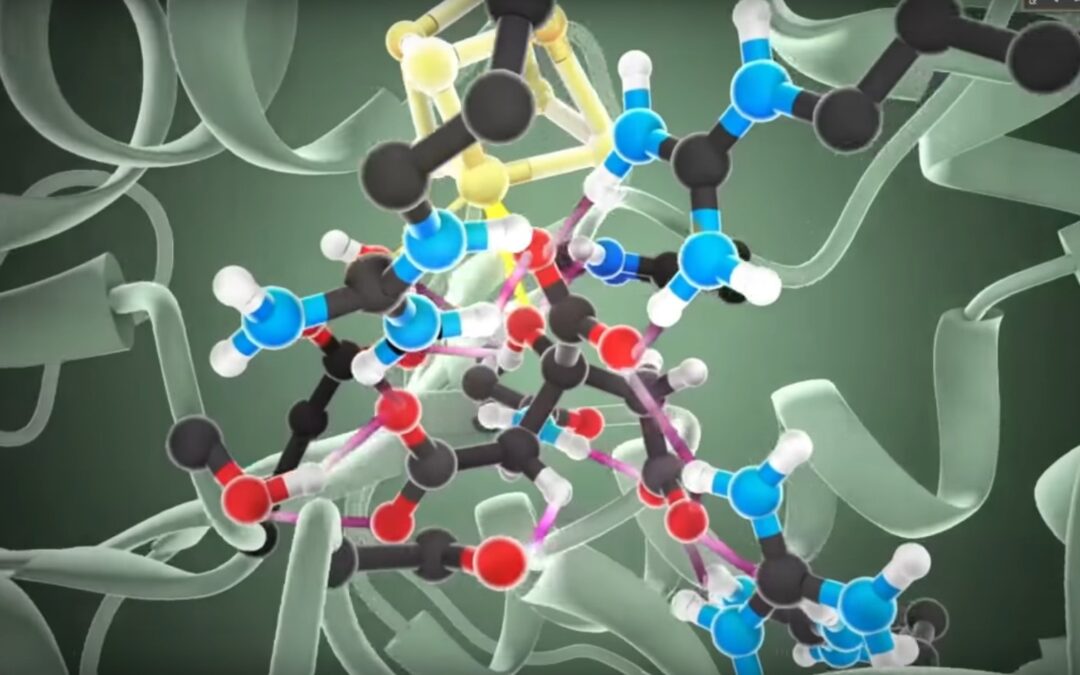
Protected: An Enzyme Mechanism Theory
Password Protected
To view this protected post, enter the password below:

To view this protected post, enter the password below:
To view this protected post, enter the password below:
To view this protected post, enter the password below:
I came across a YouTube video about quantum biology and was compelled to watch it. I thought biology was all about chemistry until I saw the video Steve Meyer showed at his Signature in the Cell book release party that clearly showed a functioning process using machinery. Being a designer of processes and machines, I was aware of the enormous complexity required to achieve the functionality that exists in life. So could quantum field theory explain how natural causes can do intelligent work; the missing “vital dust” needed to create beginning life? I’d better check it out.
The early thinking about quantum physics regarding life was that quantum effects are normally lost in the “macro noise” at “life” temperatures and configuration, so none probably existed. However, there have been a few mysteries that might be explained by quantum phenomena. One example is that quantum effects may have something to do with electron transfer in photosynthesis which is much more efficient than thought possible1. Another is called “visual phototransduction”, the converting light to an action potential.2 And another is quantum tunneling in enzymes.3 There is no hint regarding how quantum field physics can create intelligence or to perform intelligent work.
This is not surprising. If there was a way to make life less complicated, it would be less complicated. It appears quantum effects may be used in life like we use quantum effects in electronics – time and research will tell. But no conclusions described in this web site are diminished, namely: natural causes cannot achieve all possible outcomes, life is a process that requires machinery, and machines require logical processing capability.
It seems that life might be a good place to learn more about quantum theory where discoveries of its implementation are found. I seriously doubt that man would have invented neural networks without its discovery in life.
© 2018 Mike Van Schoiack
To view this protected post, enter the password below:
The concepts underlying the Intelligent Design section of this site are contained in this paper entitled “On the Limits of Natural Causes” in a published paper format.
Here is the abstract:
This paper posits another, more powerful ID argument based on three premises: 1) that outcomes of natural processes, defined as processes that follow the laws of physics with no intelligence involved, are limited due to logical constraints, 2) life is an intelligent process which requires machinery to function , and 3) machines require embedded intelligent functionality which is beyond the reach of natural causes.
The rationale behind these premises is explained in this paper, and a simple means of falsifying them posited. The necessity to consider not only the design of life but the actual building, starting and operation of life is invoked by the arguments presented here. The research for this paper lead to findings that have significance:
Link to this paper.
© 2018 Mike Van Schoiack
© 2016 Mike Van Schoiack
Designed by Mike Van Schoiack, Powered by WordPress/Divi